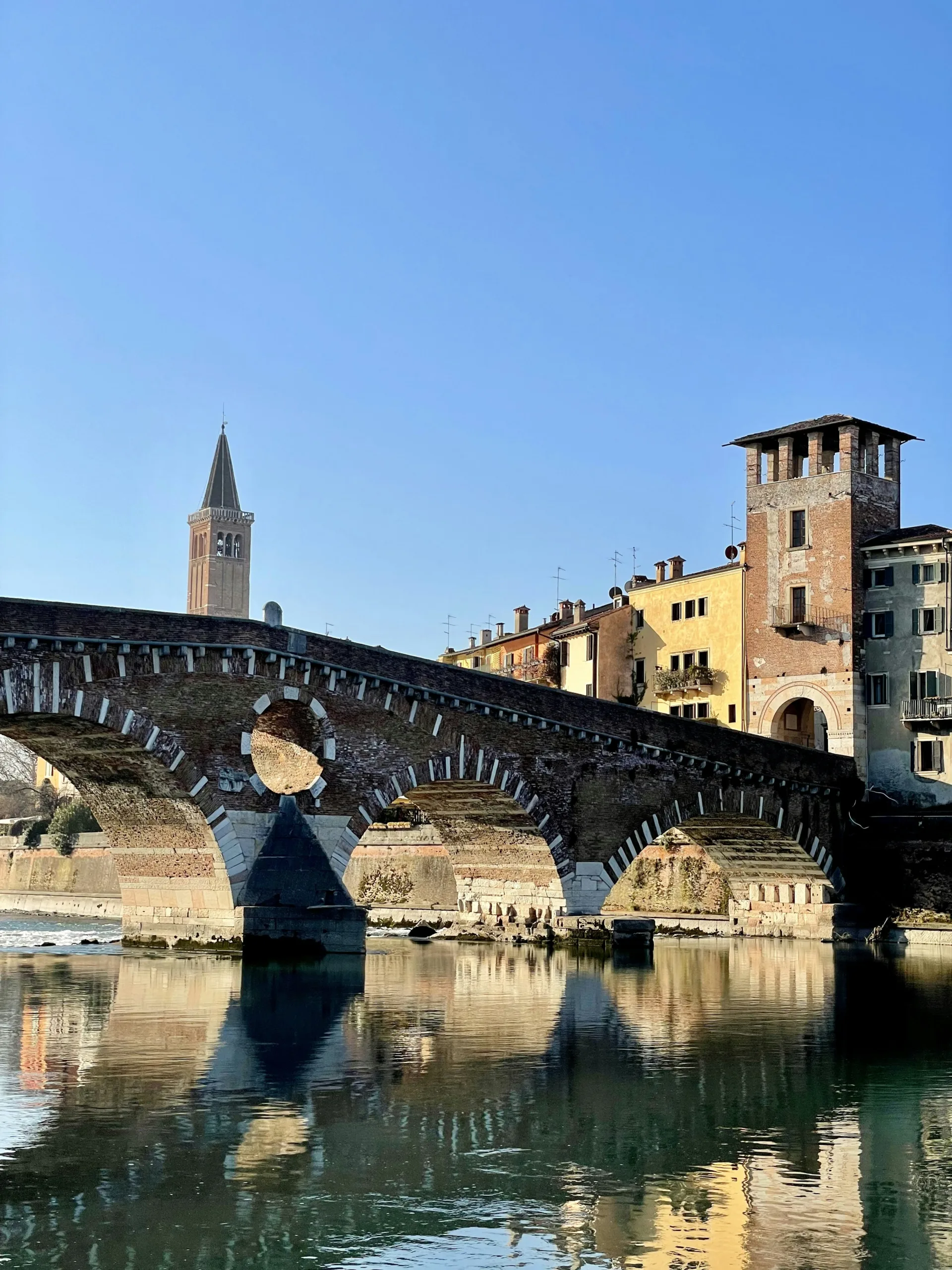Imagine stepping back in time to witness monumental events and explore ancient civilizations, all without leaving your home. “Virtual Reality Historical Tours” is your gateway to immersive history lessons, transforming textbook pages into vivid experiences. By utilizing cutting-edge VR technology, you can journey through history’s most pivotal moments, feel the ambiance of forgotten eras, and gain a deeper understanding of the world’s cultural heritage. This revolutionary approach to learning not only makes history more engaging but also creates a personal connection to the past, enriching your educational journey like never before. Have you ever wished you could travel back in time to witness historical events or explore ancient civilizations? Well, buckle up, because with Virtual Reality (VR) Historical Tours, you can do just that without leaving your home! This technology allows you to immerse yourself in different time periods, offering a fresh and interactive way to learn about history.
What Are Virtual Reality Historical Tours?
Virtual Reality Historical Tours utilize VR technology to create immersive historical experiences. These tours offer a unique way to explore significant historical events, landmarks, and eras. Imagine walking through the streets of ancient Rome, witnessing the signing of the Declaration of Independence, or exploring the inside of a medieval castle—VR makes these experiences possible.
How VR Historical Tours Work
The core technology behind these tours involves VR headsets, such as the Oculus Rift, HTC Vive, or even more accessible options like Google Cardboard. These headsets create a three-dimensional, 360-degree environment that you can look around in, making you feel like you’re actually there. Advanced motion sensors and controllers allow you to interact with the environment, making the experience even more engaging.
The Educational Benefits
The educational potential of VR Historical Tours is immense. Not only do they make learning fun and engaging, but they also offer a better retention rate compared to traditional methods. When you can virtually walk through a historical site and interact with it, the details tend to stick much better than just reading about them in a textbook.
Popular VR Historical Tour Experiences
There are several popular VR platforms and applications that offer detailed historical tours. Below are some noteworthy examples.
Google Earth VR
Google Earth VR is an excellent platform for exploring not only the current world but also its historical landmarks. By flying to ancient cities and exploring their ruins, you can gain a deeper understanding of these incredible sites.
Timelooper
Timelooper allows you to visit various historical sites during peak historical moments. Experience London during the Great Fire of 1666 or New York City at the turn of the 20th century. The app provides a highly immersive and educational experience.
Titanic VR
Titanic VR allows you to explore the iconic ship both before and after its tragic sinking. Dive to the wreck site and explore it just as it is today, or wander the decks of the ship as it was on its maiden voyage.
Sites in VR
This app offers 360-degree panoramic tours of significant historical and religious sites. You can explore the pyramids of Giza, ancient temples, and much more.

Immersion and Interactivity
The most compelling aspect of VR historical tours is their immersion and interactivity. Unlike traditional learning methods, VR enables you to virtually step into the past, interact with your surroundings, and even participate in historical events.
Sensory Immersion
VR tours expertly recreate sensory experiences that help you absorb information more effectively. The combination of sight, sound, and sometimes even haptic feedback gives you a much richer understanding of historical events and places.
Engagement through Interaction
Interactive elements within VR experiences encourage deeper engagement. Maybe you’re tasked with solving a puzzle based on historical facts to unlock the next part of the tour, or perhaps you can pick up artifacts to learn more about them. These interactive elements make learning history much more dynamic and enjoyable.
The Technology Behind VR Historical Tours
To understand how these experiences are created, it helps to know a little about the technology that powers them.
VR Headsets
VR headsets range from affordable options like Google Cardboard to high-end devices like the Oculus Rift or HTC Vive. These headsets display the 3D environment and track your head movements to ensure the scene adjusts as you look around.
Motion Sensors and Controllers
These devices track your physical movements and translate them into the virtual environment. This allows you to walk around, pick up objects, and interact with various elements within the historical scene.
3D Modeling and Animation
Creating a VR historical tour involves detailed 3D modeling and animation. Experts use historical data, photographs, and even laser scans of existing sites to recreate them as accurately as possible. Animators then bring these environments to life, adding any necessary elements like people, animals, and sounds to create a more immersive experience.

Challenges and Limitations
While VR historical tours offer numerous benefits, there are also challenges and limitations to consider.
Cost
High-end VR headsets and compatible computers can be quite expensive. While more affordable options are available, they may not provide the same level of immersion and detail.
Accessibility
Not everyone has access to VR technology, which can limit the reach of these educational experiences. Schools and institutions may need to invest in this technology to make it widely accessible to students.
Technological Limitations
Despite advancements in technology, there are still limitations in terms of graphics, resolution, and motion tracking. These can affect the overall quality of the experience.
The Future of VR Historical Tours
The future looks bright for VR technology and its application in historical tours.
Advances in Technology
As technology continues to advance, VR experiences will become more realistic and immersive. Higher resolution displays, better motion tracking, and more powerful processors will all contribute to richer experiences.
Increased Accessibility
As VR technology becomes more widespread and affordable, more people will have access to these educational tools. Schools, museums, and other institutions are likely to adopt VR as a standard method of teaching history.
VR and Augmented Reality (AR) Integration
The integration of VR with augmented reality (AR) could create even more engaging experiences. Imagine visiting a historical site in person and using AR to overlay information about what that site looked like in the past.

Conclusion
Virtual Reality Historical Tours are revolutionizing the way we learn about history. By offering immersive and interactive experiences, they provide a more engaging and effective way to explore our past. Whether you’re a history buff, a student, or just curious, there’s something incredibly exciting about stepping into a virtual time machine and experiencing history firsthand. So, strap on a VR headset and get ready to embark on a journey through time!
